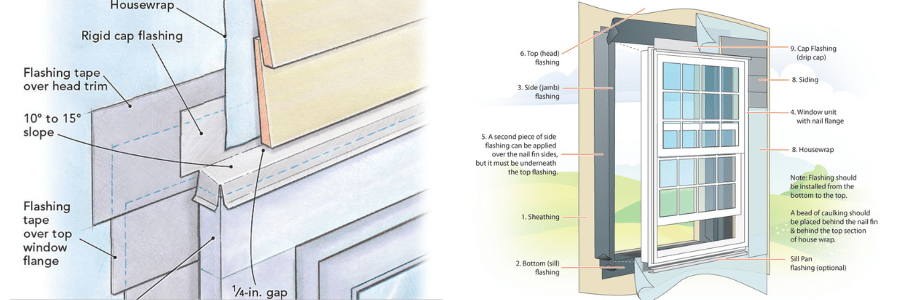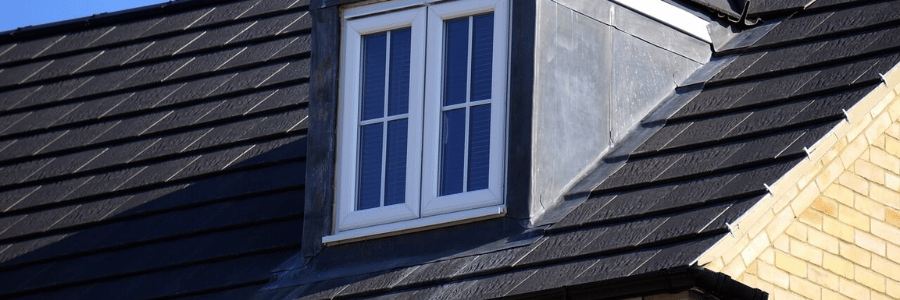When it comes to maintaining the integrity of your home, window flashing plays a crucial yet often overlooked role. This simple yet effective barrier prevents water from infiltrating your home, protecting it from potential water damage. In this blog post, we’ll explore the importance of window flashing, how it works, and why you should ensure your windows are properly flashed.
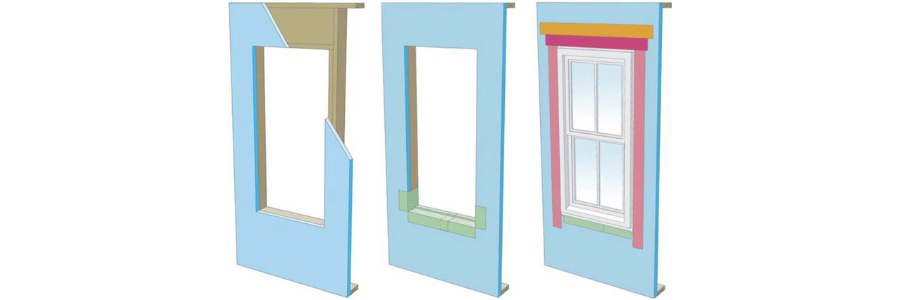
What is Window Flashing?
Window flashing is a thin, impervious material installed around windows to prevent water from entering the structure of a building. It acts as a shield, directing water away from critical areas and sealing gaps where water might seep in. Flashing can be made from various materials, including aluminum, stainless steel, rubber, and vinyl, each chosen for its durability and resistance to water. Without flashing, water can penetrate the gaps around windows, leading to moisture buildup within the walls, which can result in serious structural issues over time.
How Does Window Flashing Work?
Window flashing is strategically placed around the window frame, including the top, sides, and bottom, to create a waterproof barrier. Here’s how it functions:
- Prevents Water Intrusion: Flashing stops water from penetrating the space between the window and the wall, preventing leaks that can lead to water damage. It ensures that water does not seep into the vulnerable areas around the window where it can cause damage to the wall structure and interior finishes.
- Redirects Water: It guides water away from vulnerable areas, ensuring that rainwater or melting snow doesn’t accumulate around the window frame. This is especially important during heavy rains and snow melts, where large amounts of water can quickly find their way into unprotected areas.
- Seals Gaps: Flashing seals gaps and joints, creating a continuous barrier that blocks moisture from entering. By covering these gaps, flashing prevents drafts and reduces the likelihood of mold growth caused by trapped moisture.
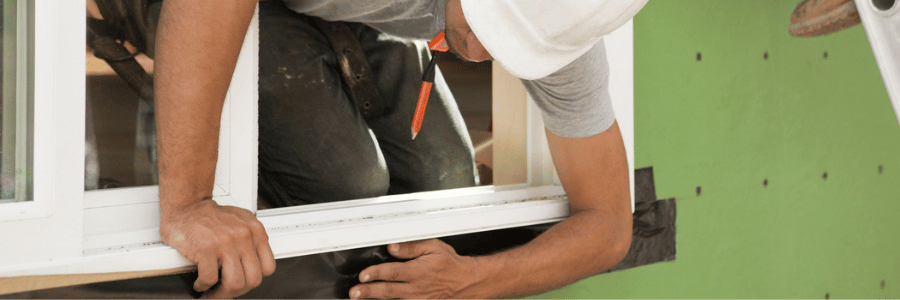
Why is Window Flashing Important?
Proper window flashing is essential for several reasons:
- Prevents Water Damage: Without flashing, water can seep into the walls, leading to mold growth, rot, and structural damage. Over time, this can compromise the integrity of your home and result in costly repairs. Moisture trapped in walls can also cause wood to swell and warp, weakening the structure and potentially leading to the need for significant renovations.
- Enhances Energy Efficiency: Water infiltration can damage insulation, reducing your home’s energy efficiency. Proper flashing helps maintain the effectiveness of your insulation, keeping your home warmer in winter and cooler in summer. By preventing drafts and air leaks, flashing contributes to lower energy bills and a more comfortable living environment.
- Prolongs Window Life: Flashing protects the window frame from water exposure, extending the lifespan of your windows. This is especially important for wooden frames, which are particularly susceptible to rot and decay. Well-flashed windows are less likely to require frequent repairs or replacements, saving you money in the long run.
- Maintains Indoor Air Quality: By preventing mold growth and mildew, flashing helps maintain better indoor air quality, promoting a healthier living environment. Mold and mildew can release spores that are harmful when inhaled, potentially causing respiratory issues and allergic reactions.
Types of Window Flashing
There are several types of window flashing, each suited to different applications:
Drip Cap Flashing
Installed above the window, this flashing directs water away from the window frame, preventing it from seeping into the top of the window. It’s crucial for stopping rainwater from entering the space between the window and the wall, especially during heavy downpours.
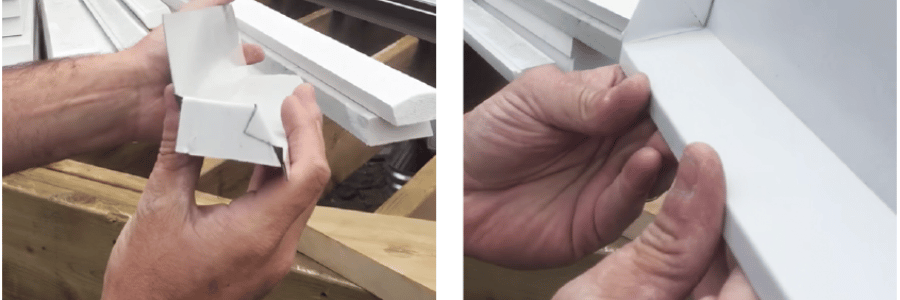
Sill Flashing
Placed at the bottom of the window, sill flashing ensures that any water that does penetrate can drain away safely. It acts as a last line of defense, allowing water to escape rather than getting trapped and causing damage.

Corner Flashing
Used at the corners of windows, this flashing provides extra protection where two sides of the frame meet, sealing any potential gaps. Corners are particularly vulnerable to water infiltration, so this type of flashing is essential for comprehensive protection.
Flange Flashing
Applied around the entire perimeter of the window, flange flashing creates a continuous barrier, offering comprehensive protection. This all-around flashing is ideal for ensuring that no part of the window frame is left exposed to water ingress.
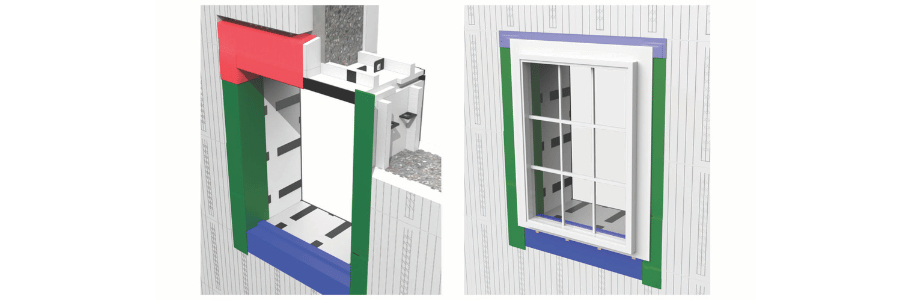
How to Ensure Proper Window Flashing
To ensure your windows are properly flashed, follow these tips:
- Hire a Professional: Proper installation of window flashing is critical. Hiring a professional ensures that the job is done correctly, providing maximum protection against water damage. Professionals have the expertise and tools to install flashing accurately, ensuring it performs effectively over the long term.
- Use Quality Materials: Invest in high-quality flashing materials that are durable and resistant to corrosion and weathering. This will provide long-lasting protection for your windows. High-quality materials are less likely to degrade over time, maintaining their protective properties even in harsh weather conditions.
- Regular Inspections: Periodically inspect your window flashing for any signs of damage or wear. Promptly address any issues to maintain the integrity of your flashing and prevent water intrusion. Regular inspections can help you catch problems early, before they lead to significant damage and costly repairs.
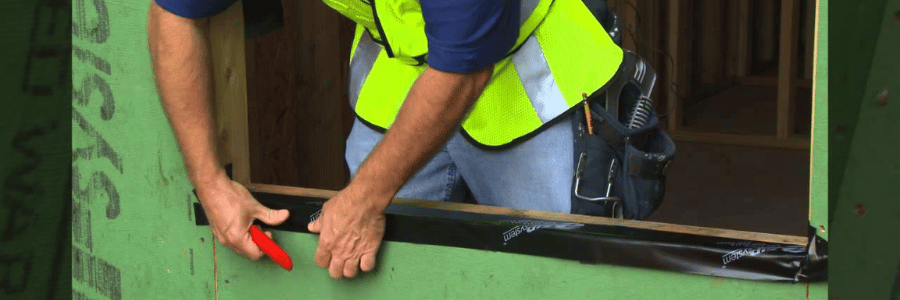
Final Thoughts
Window flashing is a vital component of your home’s defense against water damage. By preventing water intrusion, redirecting water, and sealing gaps, flashing protects your home from potential damage and extends the life of your windows. Whether you’re installing new windows or maintaining existing ones, ensuring proper window flashing is an investment in the longevity and integrity of your home.

